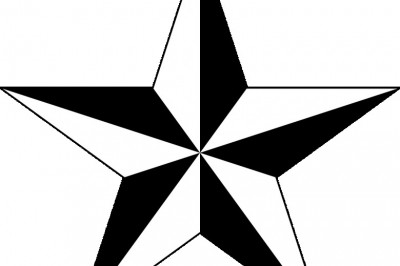Planting Apricot, Cherries, And Pears
Apricot Rootstocks: - MARIANNA 26-24 (Mari.) A standard rootstock for apricots, plums, prunes, most almonds. Mature trees comparatively small, 15-20 ft. can be kept smaller with summer pruning. Shallow root system, much more tolerant of wet soils than Nemaguard; is not tolerant of hot soils. Has tendency to sucker. Resistant to oakroot fungus, root-knot nematodes, root rot. MYROBALAN 29C (Myro.) Excellent, all-around rootstock for apricots, plums, almonds. Shallow but vigorous root system tolerates wet soils and is widely adapted; is more deeply rooted than Marianna. Resistant to root-knot nematodes and has some resistance to oak-root fungus. Unpruned tree height of standard varieties 15-25 ft., but can control size further with summer pruning. Produces few suckers. NEMAGUARD (Nema.) A standard rootstock for nectarines, peaches, apricots, plums, prunes, almonds. Vigorous, resists root-knot nematode. Excellent for well-drained soils. In heavy or poorly drained soil, plant on mound or hill. May not be winter hardy below 5°F. Trees that are not pruned will attain a height of standard varieties 15-25 ft., size can be controlled further with summer pruning. CITATION (Cit.) Apricots and plums dwarfed to 12-18 ft. Very tolerant of wet soil; not drought tolerant (induces early dormancy in dry soil) so needs very regular water in hot climates; mulching can help retain soil moisture. Resists root-knot nematodes. Induces heavy bearing at a young age. Very winter hardy. Strong and well anchored. ST JULIAN A: - Produces moderately vigorous, productive trees, to 15-ft (4.5m) coupled with early fruiting. It does well on heavy, wet soils, with better resistance to Phytophthora and bacterial canker. TORINEL (r) - A cross of two varieties of Prunus domestics obtained by INRA-CTFL in France. Medium-low vigour, earlier production. Surface root system, adapts well to heavy soils and is prey to ashpyctic soils. Highly compatible with all varieties. Tolerates some Nematodes. MRS 2/5 - (P. cerasifera x P. spinosa): - Vigour lower than Mirabolano. Produces some root-suckers but fewer than those of other plum trees. Adapts well too poor soils too, providing it receives sufficient water. Combines well with other varieties. Induces good vigour and productivity, and fruit of reasonably good size. GF 31 - (P. cerasifera x P. salicina): - Very strong (better than Mirabolano) and begins production early. Sensitive to marshy conditions and Verticillium. Suitable for dry, droughty land. Cherries: - A mature sweet cherry tree may be up to 10m (30ft) tall with a corresponding spread, too large for the average modern garden. To overcome this, named varieties are propagated on to rootstocks by budding in July and August, or by grafting in March. Depending where you live you can find cherries grafted onto various rootstocks suited to the conditions for your particular country. Seedling Mazzard and the clonal Malling F 12/1 rootstocks are often used, as is Colt which is a semi-dwarf rootstock producing sweet cherry trees 12-16 ft (3.6m-4.8m) high / sour cherries 10-12 ft (3-3.6m) high. Gisela was developed in Germany; it produces a true dwarf tree 12- 16ft (3.6m-4.8m) approximately 40% of standard size. These rootstocks are also able to give protection against many diseases. If you live in the UK and intend to grow cherries but have limited space then you must go for the bush, half standard and fan forms on Tabel (very dwarf), and Colt (semi-dwarf) rootstocks. Pear Rootstocks: - Up until the 17th century pears had been grown grafted onto pear stocks, or crab apple stocks, or even hawthorn stocks. Thomas Hanmer along with John Evelyn, were amongst the first in England to realise the value of grafting onto quince stock, which is now the preferred rootstock. This practice was already widespread in France and probably originated there. The quince is used extensively in European countries as a dwarfing rootstock. Quince A stock has been the standard rootstock used to produce semi-dwarf pear trees, and Quince C for dwarf such as those necessary for cordons. Pyrus is used for vigorous growth. Perhaps one drawback of using quince rootstocks is that they are sensitive to low temperatures and susceptible to Fire Blight. Quince C has a shallow root system, and should only be planted in rich fertile soil. Pear varieties grown on this rootstock may require a support system such as a stake or trellis system to prevent the tree from leaning. As some varieties do not knit well on these stocks, what is called a compatible variety is grafted on to the stock, and then the incompatible kind is in turn budded on to the compatible variety. These trees are expensive and are called double-worked trees. "Williams Bon Chretien", for example, is incompatible on Quince A, so "Beurre Hardy" is grafted on to the Quince and then the "Williams" on to the "Beurre Hardy". Want to find out about lady fern and sword fern? Get tips from the Plants And Flowers website.


























